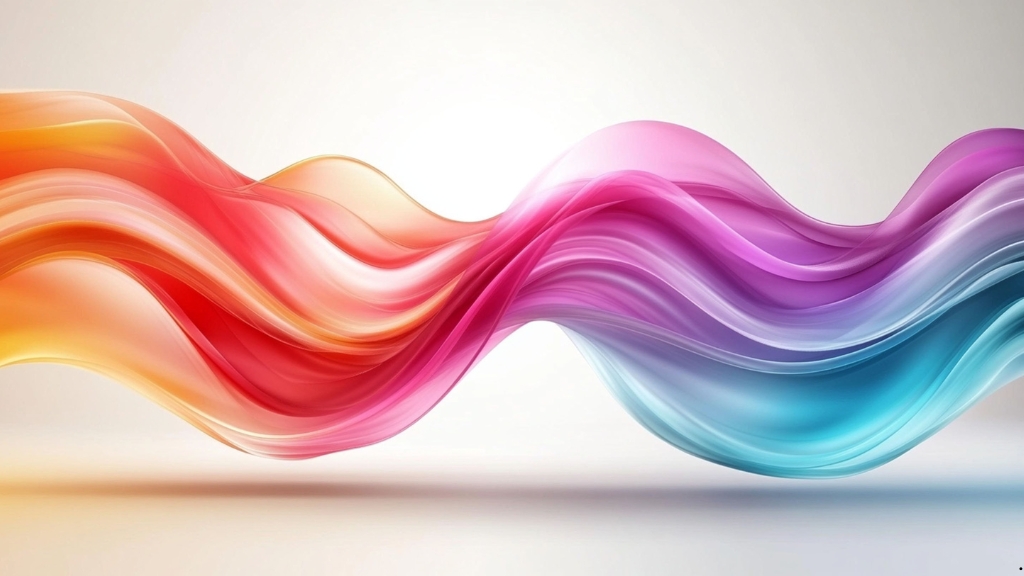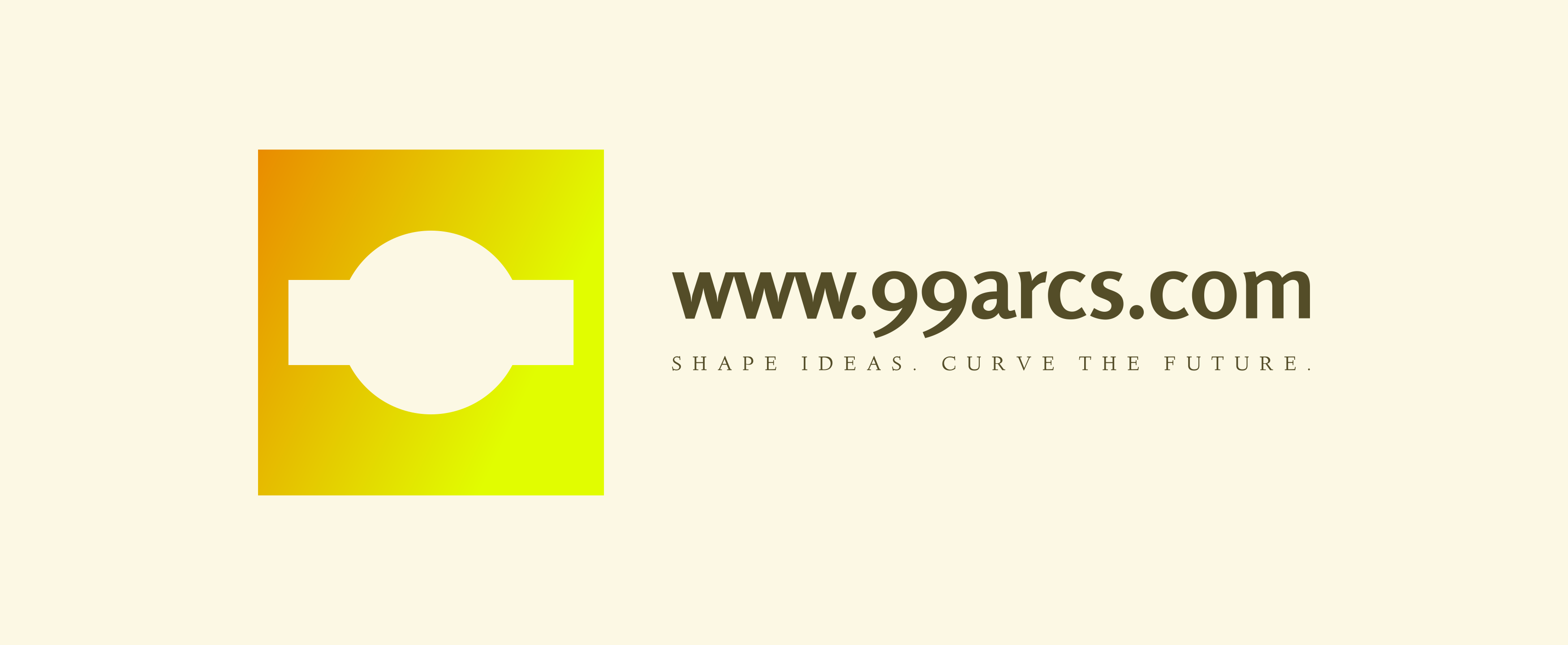When Art Becomes Interactive: Exploring User Engagement in Dynamic Design

Art has always been a powerful medium for expression, but what happens when it invites us to step inside its world? Interactive art transforms passive viewers into active participants, creating a dynamic relationship between the artwork and the audience. I find this evolution fascinating, as it challenges traditional boundaries and encourages exploration and engagement.
Designing for user exploration in interactive art requires a unique blend of creativity and technology. It’s about crafting experiences that resonate on a personal level while inviting curiosity. As I delve into this topic, I'll explore how artists and designers are redefining the art landscape, making it more accessible and immersive than ever before. Join me on this journey to discover the magic that unfolds when art and interaction collide.
Overview of Interactive Art
Interactive art transforms traditional art forms, enabling audience engagement through participation. This artistic approach employs various mediums, including digital installations, augmented reality, and experiential environments.
Definition and Characteristics
Interactive art emphasizes viewer interaction as a fundamental characteristic. Viewers aren't mere spectators; they influence the artwork through movement, choice, or touch. This interaction fosters a unique dialogue between the audience and the piece, creating a personalized experience that evolves with each encounter.
Technology's Role
Technology plays a pivotal role in the execution of interactive art. Artists leverage sensors, software, and multimedia components to design immersive experiences. For example, projection mapping can create dynamic environments that respond to physical movements. This intersection of art and technology not only enhances sensory experiences but also broadens the art's accessibility.
Purpose and Experience
The purpose of interactive art varies, ranging from evoking emotions to prompting critical thought. It invites exploration and reflection, allowing the audience to interpret the experience uniquely. For instance, interactive installations may address social issues, encouraging dialogue and civic engagement among participants. This capability connects the viewer's actions to larger societal themes.
Notable Examples
Numerous artists and collectives have pioneered interactive art. TeamLab is known for its digital art exhibitions, where visitors manipulate digital landscapes with their movements. Another example, Rafael Lozano-Hemmer, creates installations that respond to the audience's biometrics, merging art with personal data. These examples illustrate the versatility and impact of interactive art on contemporary culture.
Conclusion
Interactive art opens avenues for deeper connections between the artwork and the audience. By blending creativity with technology, it creates immersive experiences that engage users in meaningful ways. As the art landscape continues to evolve, the potential for interactive art to inspire and provoke thought remains significant.
Key Principles of Interactive Design
Interactive design thrives on principles that facilitate user exploration, enhancing the relationship between the audience and the artwork. Focusing on these principles elevates the interactive experience.
User-Centered Approaches
User-centered design prioritizes the audience's needs and preferences in the creation of interactive art. Designers conduct user research to gather insights, enabling them to tailor experiences that resonate with viewers. By utilizing feedback loops, designers ensure the artwork adapts as people's interactions evolve. This approach fosters a unique connection, as users feel a sense of ownership and investment in the art.
Engagement and Immersion
Engagement and immersion are critical components of interactive art. Designers employ multisensory elements—visual, auditory, and tactile—to captivate users and encourage exploration. Strategies such as gamification and narrative storytelling can enhance participation, making experiences more compelling. When users become emotionally engaged, their interactions deepen, turning passive observation into active involvement and contributing to a richer artistic dialogue.
Technology in Interactive Art
Technology fundamentally transforms interactive art, enabling deeper engagement and exploration. It integrates various mediums, facilitating innovative narratives and user experiences.
Virtual and Augmented Reality
Virtual reality (VR) immerses users in entirely digital environments, while augmented reality (AR) enhances the real world through digital overlays. Artists like Marina Abramović utilize VR to extend the emotional reach of performances, allowing users to embody experiences remotely. AR applications, such as those developed by Magic Leap, superimpose digital elements onto physical spaces, expanding artistic expression. These technologies invite users to interact dynamically, tailoring experiences based on individual choices and perspectives.
Interactive Installations
Interactive installations redefine traditional art by merging physical space with digital interaction. Artists employ sensors, projectors, and robotics to create environments that react to user input. Projects like "The Obliteration Room" by Yayoi Kusama invite participation, transforming blank spaces into vibrant art through user-created patterns and colors. Such installations promote community interaction, making art a shared experience rather than a solitary one. By fostering interactivity, these installations bridge the gap between viewer and artwork, enhancing emotional resonance and personal connection.
Case Studies in User Exploration
Examining case studies of user exploration in interactive art reveals valuable insights into both successful projects and lessons from failures. These case studies illustrate the diverse approaches artists and designers take, shaping unique audience experiences.
Successful Interactive Art Projects
TeamLab's Borderless: This digital art museum empowers visitors to explore art immersively. Its seamless projections and interactive displays encourage movement and engagement, fostering a personal connection with the art.
Rafael Lozano-Hemmer's 33 Questions per Minute: This installation employs audience biometrics to alter the artwork in real-time. The data collected from viewers transforms the narrative, inviting participants to witness their impact on the art.
Marina Abramović's The Artist is Present: In this performance, participants engage directly with the artist through eye contact, creating intimate, shared moments. This setup transforms traditional performance art into a deeply interactive experience.
Yayoi Kusama's The Obliteration Room: This installation invites visitors to contribute by adding colorful dot stickers, transforming a white room into a vibrant artwork. It encourages community involvement and captures the dynamic nature of collective creativity.
Lessons Learned from Failed Projects
Too Much Complexity: In some cases, interactive installations become overly complex, overwhelming visitors. For instance, an exhibition featuring excessive options for interaction often confused users rather than engaging them meaningfully.
Neglecting Accessibility: Projects that overlook accessibility can alienate parts of the audience. One museum installation failed to consider physical mobility limitations, preventing some individuals from fully participating.
Insufficient Engagement: An art project that didn’t resonate with its audience leads to disengagement. For example, an artist designed a digital installation that lacked clear prompts, resulting in viewers feeling lost and uninterested.
Ignoring Feedback: Successful projects incorporate user feedback, while failures might disregard it. An installation that didn’t adapt based on audience reactions missed opportunities for improvement and enhancement of user experiences.
Future Trends in Interactive Art
Emerging technologies continue to shape the future of interactive art, expanding its possibilities and audience engagement.
Artificial Intelligence: AI integration personalizes experiences. Artists leverage algorithms to analyze user data, adapting artworks in real-time based on viewer responses and preferences.
Blockchain Technology: Blockchain ensures provenance and ownership in the digital realm. It allows artists to create verifiable digital assets, enhancing security and incentivizing user participation through limited edition pieces.
Wearable Technology: Wearable devices enhance user interaction and immersion. Artists can design artworks that respond to body metrics, creating a more intimate connection between the user and the art.
Social Media Integration: Social media platforms facilitate community sharing and involvement. Artists incorporate interactive elements that invite online participation, making artworks accessible to a global audience.
Biometric Feedback: Biometric technologies gather data on user emotions and responses. This information allows artists to create responsive installations that evolve based on the audience's physiological feedback, deepening engagement.
Sustainable Practices: Sustainability emerges as a focal point in art projects. I see more artists using eco-friendly materials and processes, creating interactive experiences that also promote environmental awareness.
Collaborative Environments: Collaborative art projects become more prevalent. Multiple artists and audiences contribute to evolving works, creating a dynamic art ecosystem that fosters community involvement.
Augmented Reality Evolution: Augmented reality continues to evolve, offering new dimensions to art experiences. Through AR applications, users can interact with digital overlays that enhance their perception of physical art, blurring boundaries between mediums.
Educational Applications: Interactive art finds a place in educational contexts. Educators utilize artistic experiences to engage students, enabling hands-on learning through exploration and creativity.
Multisensory Experiences: Future installations may incorporate a range of senses beyond sight and sound. By integrating tactile and olfactory elements, artists can create immersive environments that captivate and engage users more deeply.
These trends illustrate a vibrant evolution in interactive art, fostering deeper audience connections and enhancing the exploration of artistic expression.
Conclusion
Interactive art is reshaping how we engage with creativity and technology. It invites us to step beyond passive observation and actively participate in the artistic experience. This shift not only enhances our connection to the artwork but also encourages personal exploration and expression.
As I reflect on the future of interactive art, it’s clear that the integration of emerging technologies will continue to expand the boundaries of creativity. With each innovative project, artists are finding new ways to captivate and inspire their audiences. The journey into this immersive world promises to be both exciting and transformative, making art more accessible and meaningful for everyone.
